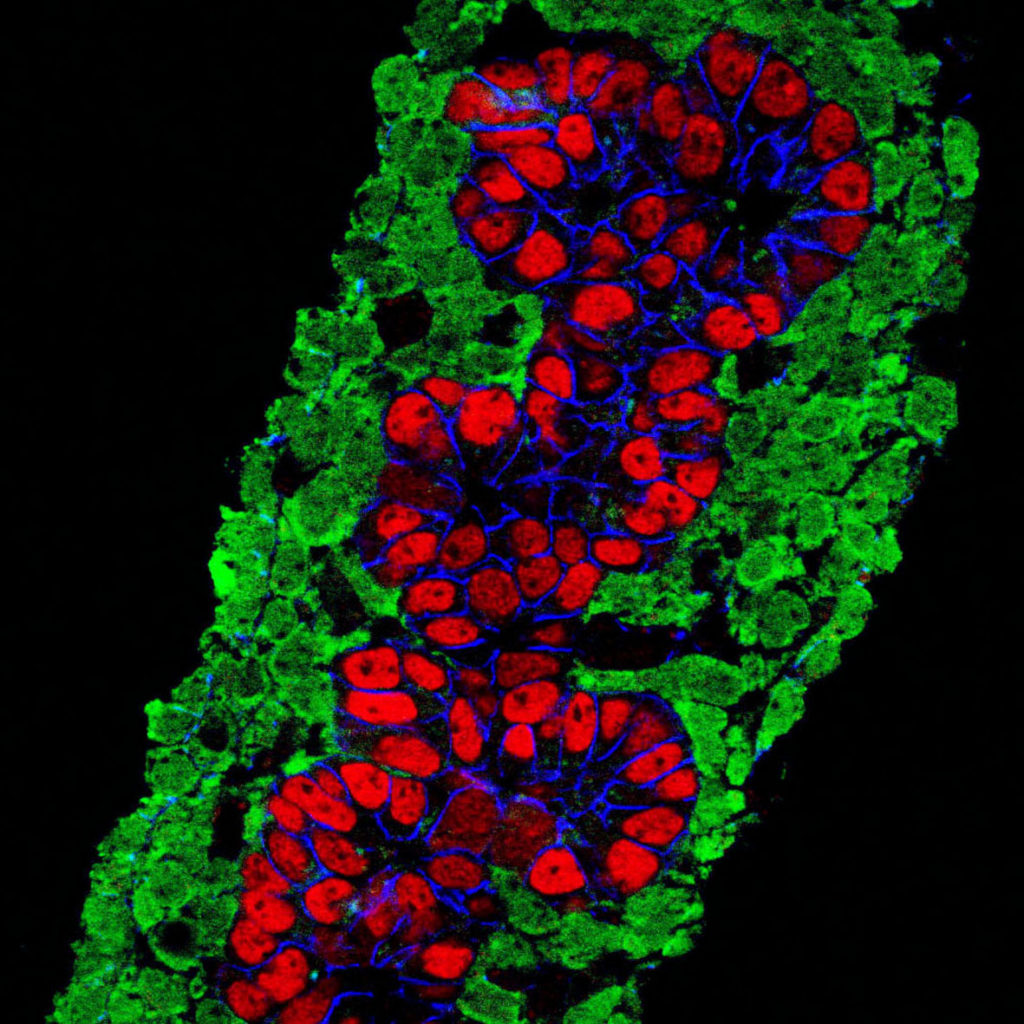Engineering cells to regulate glucose
Diabetes mellitus affects hundreds of millions of people worldwide. Blood glucose levels are chronically deregulated in diabetics, and this can lead to many serious disorders, including cardiovascular disease and renal failure. Xie et al. engineered a synthetic circuit into human cells that can sense the glucose concentration and respond to correct deregulation. Implants containing designer cells improved glucose regulation in diabetic mice.
Abstract
Chronically deregulated blood-glucose concentrations in diabetes mellitus result from a loss of pancreatic insulin-producing β cells (type 1 diabetes, T1D) or from impaired insulin sensitivity of body cells and glucose-stimulated insulin release (type 2 diabetes, T2D). Here, we show that therapeutically applicable β-cell–mimetic designer cells can be established by minimal engineering of human cells. We achieved glucose responsiveness by a synthetic circuit that couples glycolysis-mediated calcium entry to an excitation-transcription system controlling therapeutic transgene expression. Implanted circuit-carrying cells corrected insulin deficiency and self-sufficiently abolished persistent hyperglycemia in T1D mice. Similarly, glucose-inducible glucagon-like peptide 1 transcription improved endogenous glucose-stimulated insulin release and glucose tolerance in T2D mice. These systems may enable a combination of diagnosis and treatment for diabetes mellitus therapy.







